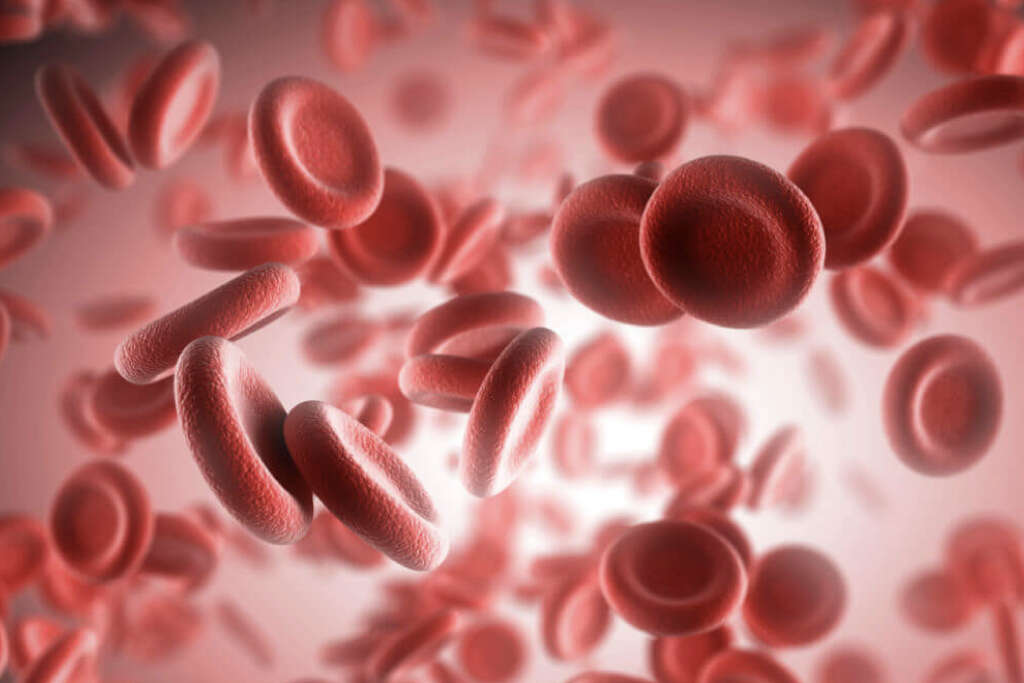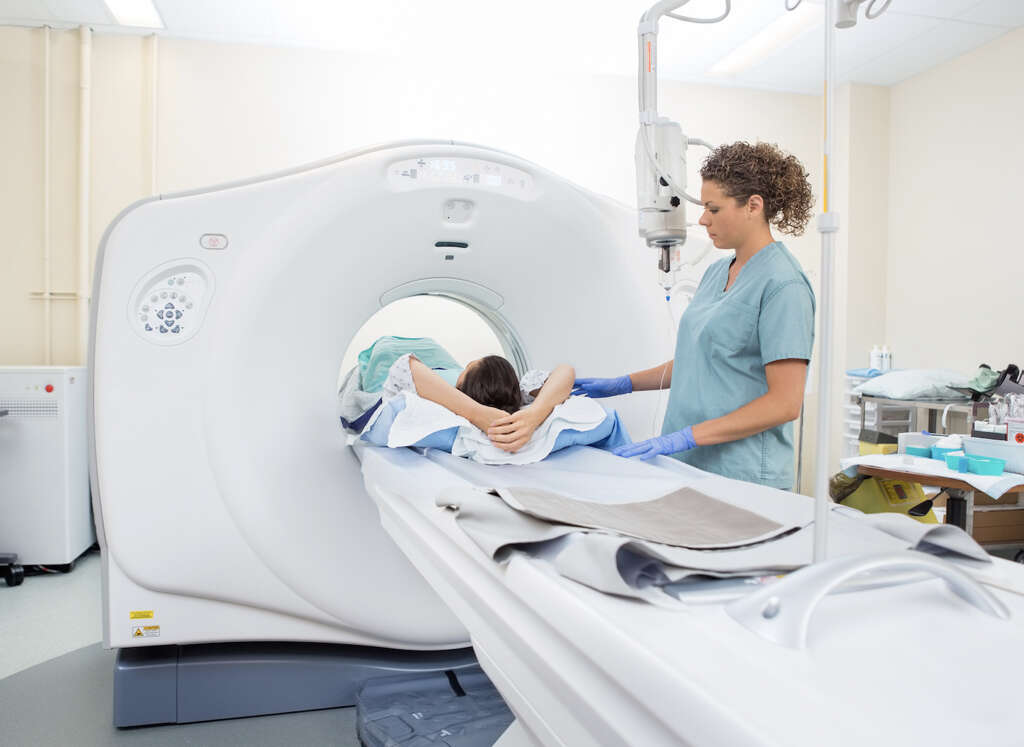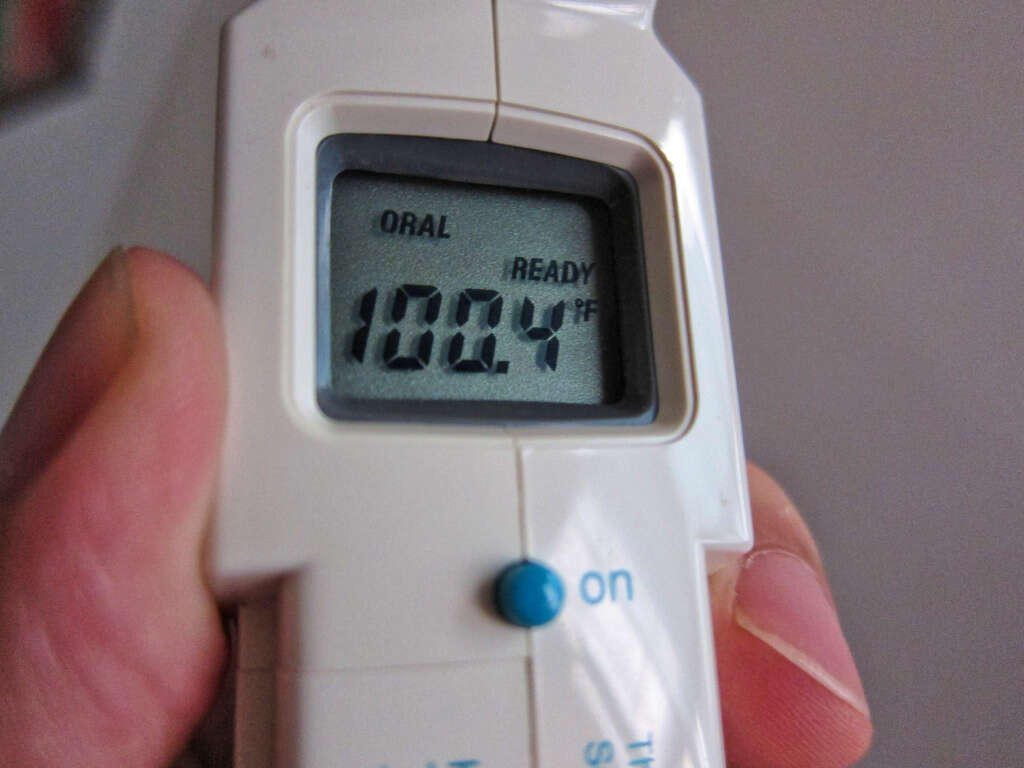What Is Cavernous Sinus Thrombosis?
Our brains must be fed with a continuous supply of fresh blood. As such, it is well supplied with a system of blood vessels that deliver fresh blood, and take the used blood away. It is essential that this system is working as it should otherwise you might have a serious problem to deal with.
One example of such a problem is cavernous sinus thrombosis, and it is a very, very serious condition. It has a high fatality rate and emergency medical treatment should be sought immediately if a case is suspected. Here’s a closer look at what it is, and some of the symptoms it causes.

1. Cavernous Sinus Thrombosis
Cavernous sinus thrombosis is a very serious condition and it is also, thankfully, very rare. It affects the cavernous sinuses, which are found just behind your eye sockets near the bottom of the brain. The problem is caused by a blood clot in these sinuses, and it can cause some very serious problems indeed.
The cavernous sinuses are a part of the complex venous system of the brain. This venous system functions to bring blood away from the brain and back to the heart and lungs. A clot here will restrict the flow of blood away from the brain, and this is what will cause the problems.

2. Blood Clot
In most cases, the condition is caused because of an infection that starts somewhere in the head or face. Such infections can sometimes move to the cavernous sinuses and, when this happens, a blood clot will occur. The reason this happens is that the body wants to stop the flow of blood to help prevent the infection from spreading further.
As the blood is unable to flow away from the brain, so it will begin to accumulate behind the clot. The blood pressure here will begin to rise, and this can cause damage to the surrounding tissues. In instances of cavernous sinus thrombosis, the surrounding tissues are the eyes, the nerves, and the brain.

3. Bacterial Infections
As mentioned, it is usually an infection that causes the condition and bacteria are usually (but not always) responsible. The Staphylococcus aureus bacterium is responsible in approximately three quarters of all cases. Common examples of infections that lead to the problem include infections of the sinuses, which are not uncommon.
Dental infections are also a potential cause, as well as abscesses and boils. Ear infections will also cause the problem in a small number of cases, and surgical procedures can also sometimes lead to infections that cause cavernous sinus thrombosis. This makes it wise to never be complacent over infections because even mild conditions can turn serious.

4. Other Causes
While bacterial infections are usually the cause, some fungal infections are also sometimes responsible. Autoimmune conditions like lupus are the cause in some other cases. If you have an underlying condition that makes your blood more likely to clot, then this might lead to cavernous sinus thrombosis.
Serious head injuries can also sometimes lead to the clotting in the cavernous sinus. If you have received a head injury then it is always a good idea to get checked out even if you do feel as though you are OK. Some apparently mild head traumas can turn out to be something very serious indeed.

5. Symptoms
In most cases, the symptoms will arise from about 5 to 10 days after an infection in the face or head area first developed. One of the first symptoms that a lot of patients will experience is an intense headache. Some patients will also complain of a pain in their face, especially in the area around the eyes.
A lot of patients with cavernous sinus thrombosis will also have a fever. These symptoms in themselves are not necessarily something that will have people alarmed and might be mistaken for a cold or flu. If you do feel as though something is wrong, however, then you should arrange to speak with a professional.

6. Swollen Eyes
With more and more blood backing up behind the clot, the tissues in the area will begin to swell. This includes the eyes and the eyelids, and the affected eye may also be forced to protrude forward from its natural position in some cases. The area can also become very red in appearance.
Cavernous sinus thrombosis can lead to the paralysis of the muscles in the area. This can cause their eyes to begin to droop while the patient might also have difficulties moving their eyes in their sockets. Vision problems can also arise, such as double vision and/or blurred vision.

7. Confusion
As blood is unable to drain away from the brain, it also means the brain cannot be fed with the fresh, oxygen laden blood it needs. The build up of blood in the area can also start causing pressure against the surrounding tissues. This can begin to have an effect on how well the brain can function.
Deteriorating brain function can cause the patient to become confused more easily than they usually would. In some cases, the advancing problem can also cause the patient to have brain tumors. Both confusion and seizures are a sign of potentially serious problems so they should be checked out as soon as possible.

8. Complications
Cavernous sinus thrombosis can be very dangerous indeed. Even if treatment is found in time then there is still a chance that permanent damage has been caused. Of all the people the do recover, approximately 1 in 6 would have sustained irreversible problems with their eyesight.
One of the most serious dangers is the risk of the infection spreading. This can lead to sepsis, while it can also lead to meningitis in some cases. Another potential problem is that potentially dangerous blood clots can also form elsewhere in the body. Such is the severity of the condition that about one third of all cases are fatal.

9. Diagnosis
Cavernous sinus thrombosis is a very rare condition. This means that many doctors will not recognize it so it will be misdiagnosed. Sadly, this only makes it more likely that the condition will be fatal. Many doctors who are unsure will choose to investigate further to determine what the problem is.
In many cases, a CT scan or MRI may be performed to get a better look at the area. The doctor might also request blood work to see if there is an infection present, and what type. If Cavernous sinus thrombosis is suspected then the doctor might also request a check for meningitis.

10. Treatment
Cavernous sinus thrombosis is always to be taken very seriously and hospitalization is nearly always a necessity. The infection will need to be addressed urgently and this generally means strong antibiotics administered intravenously. A combination of antibiotics might be needed depending on the nature of the infection.
Blood thinners may be necessary in order to prevent further clots from developing. This needs to be done carefully, however, because such medications might make matters worse. Other medication may also be prescribed to help reduce the swelling. As with so many other medical conditions, treatment is more likely to be successful if cavernous sinus thrombosis is caught sooner rather than later.












